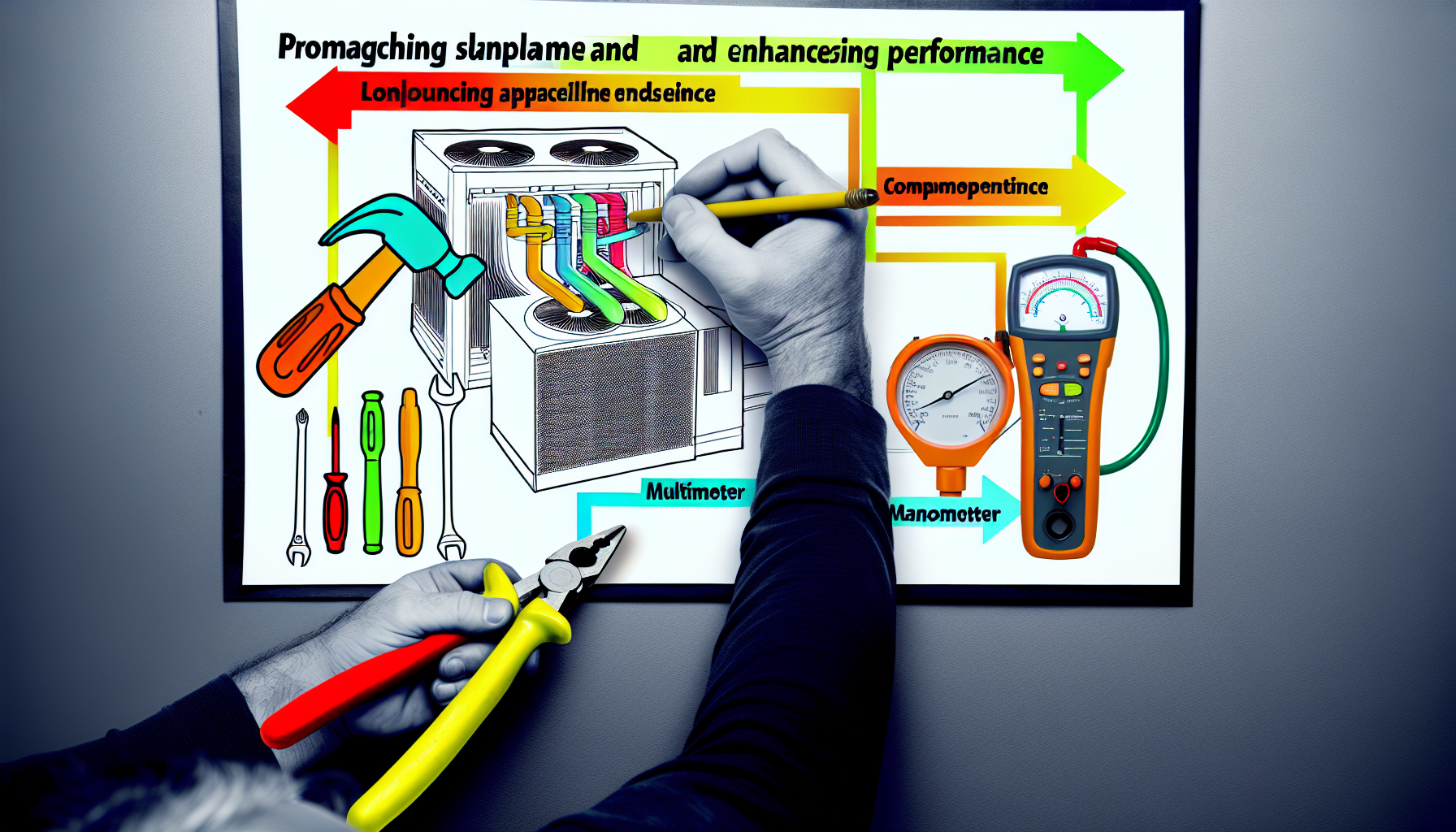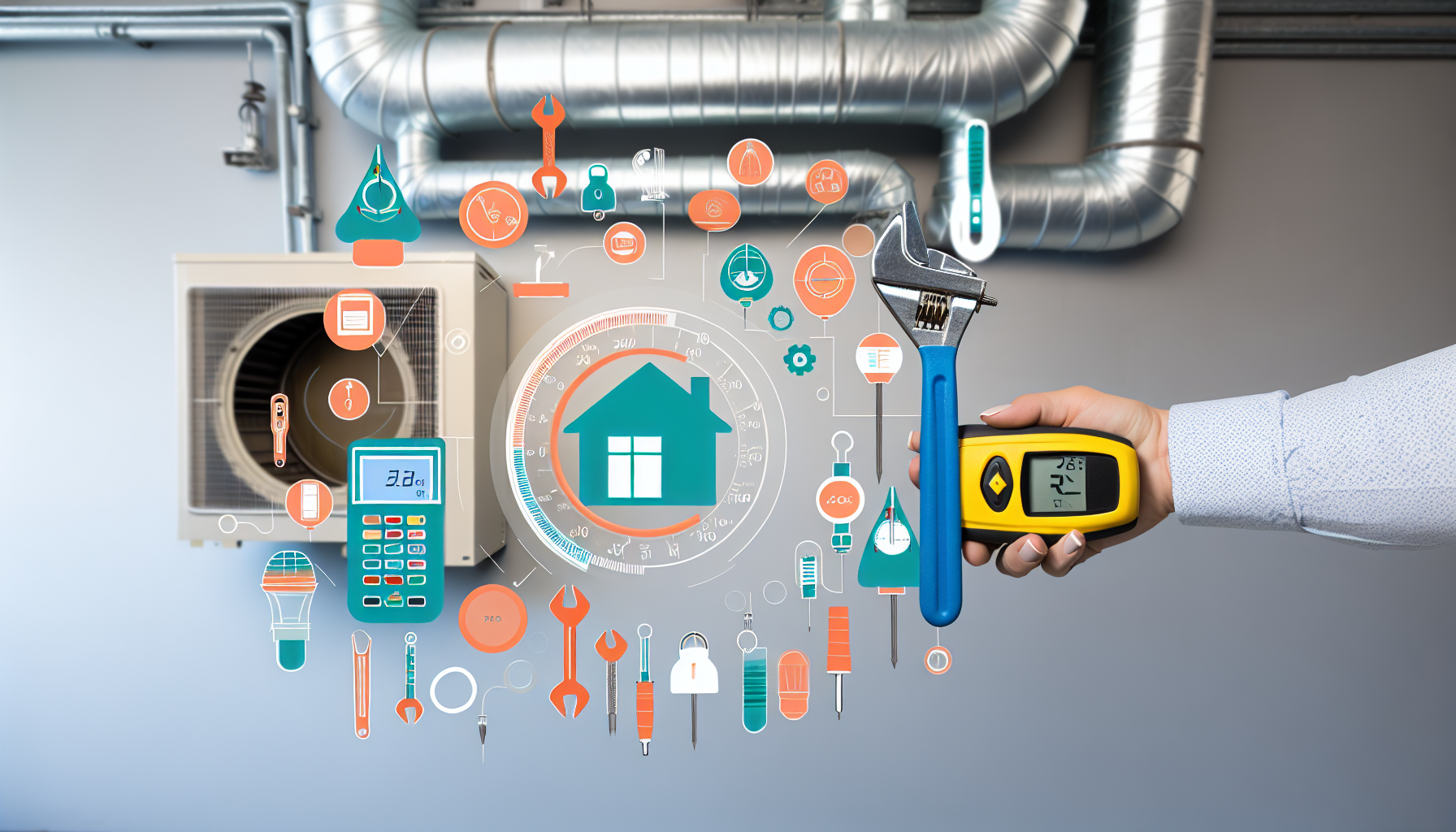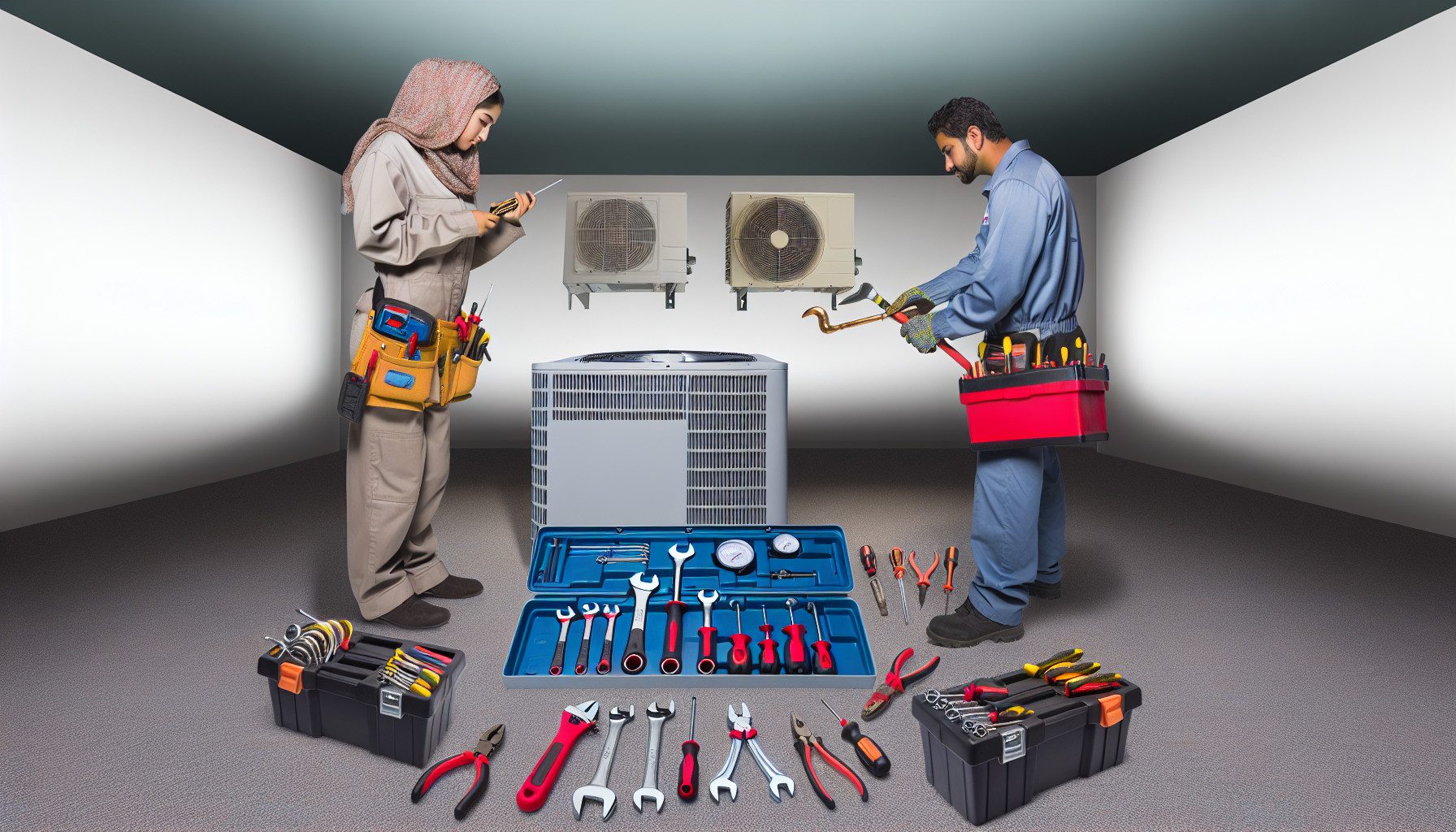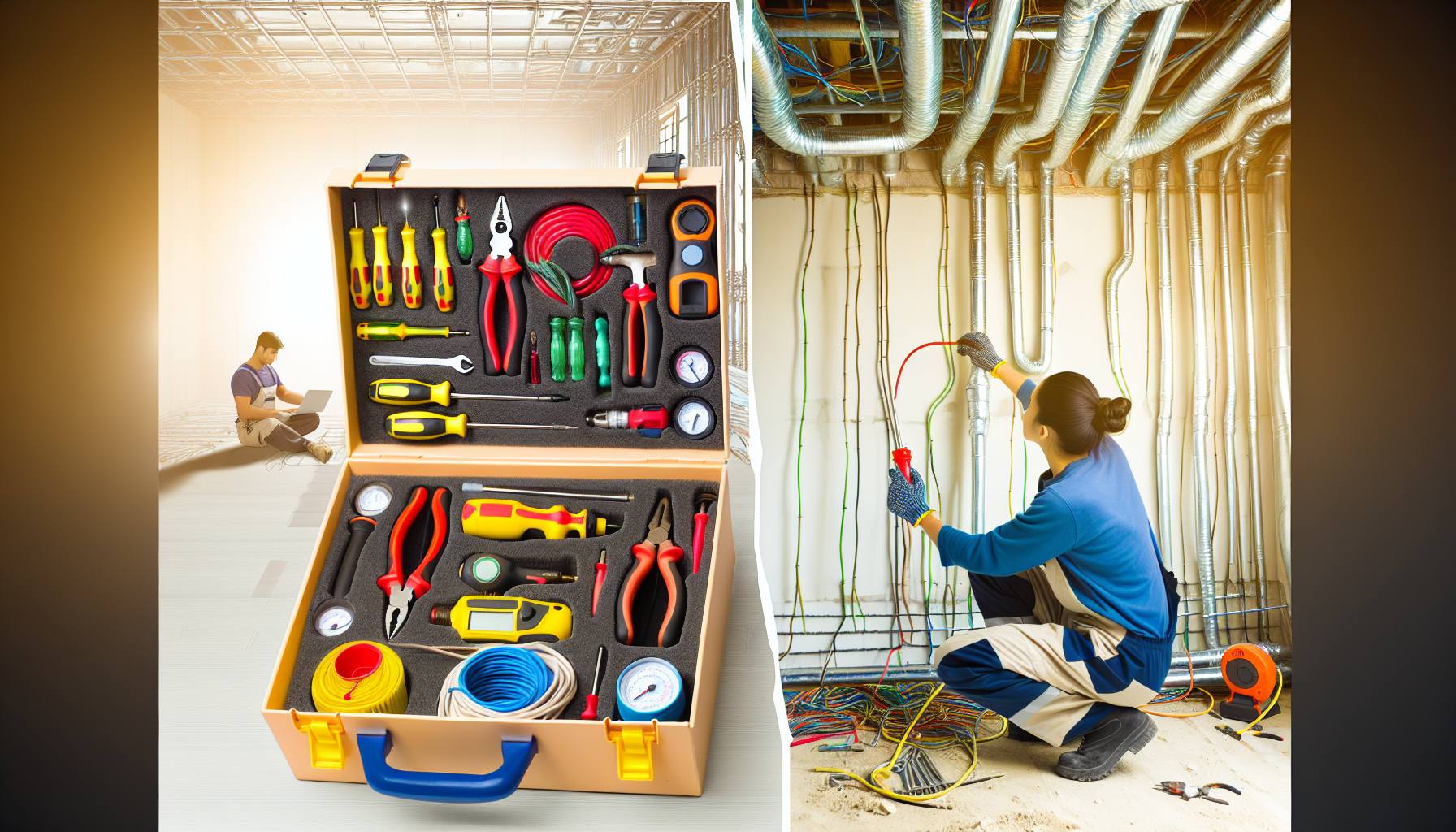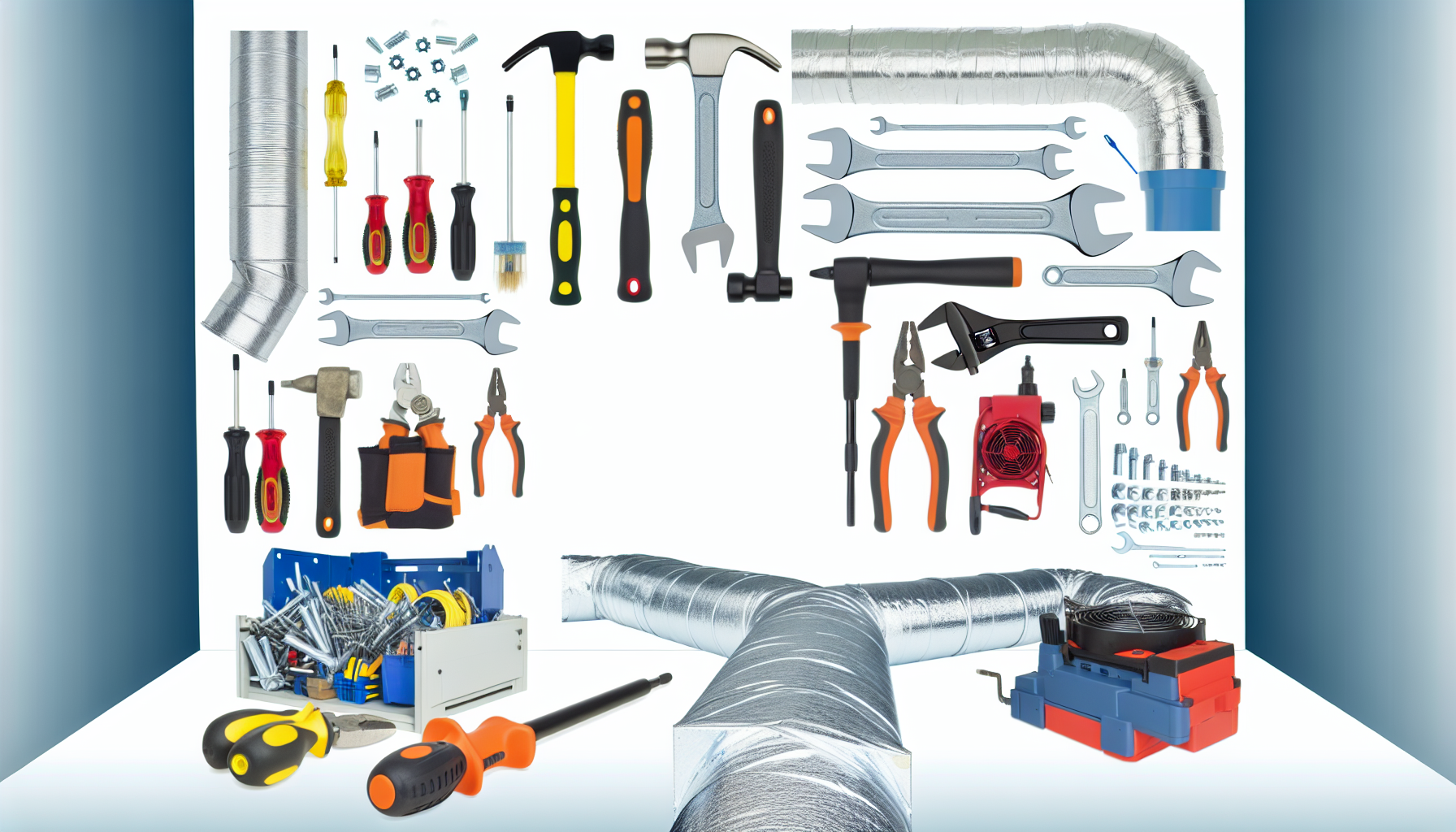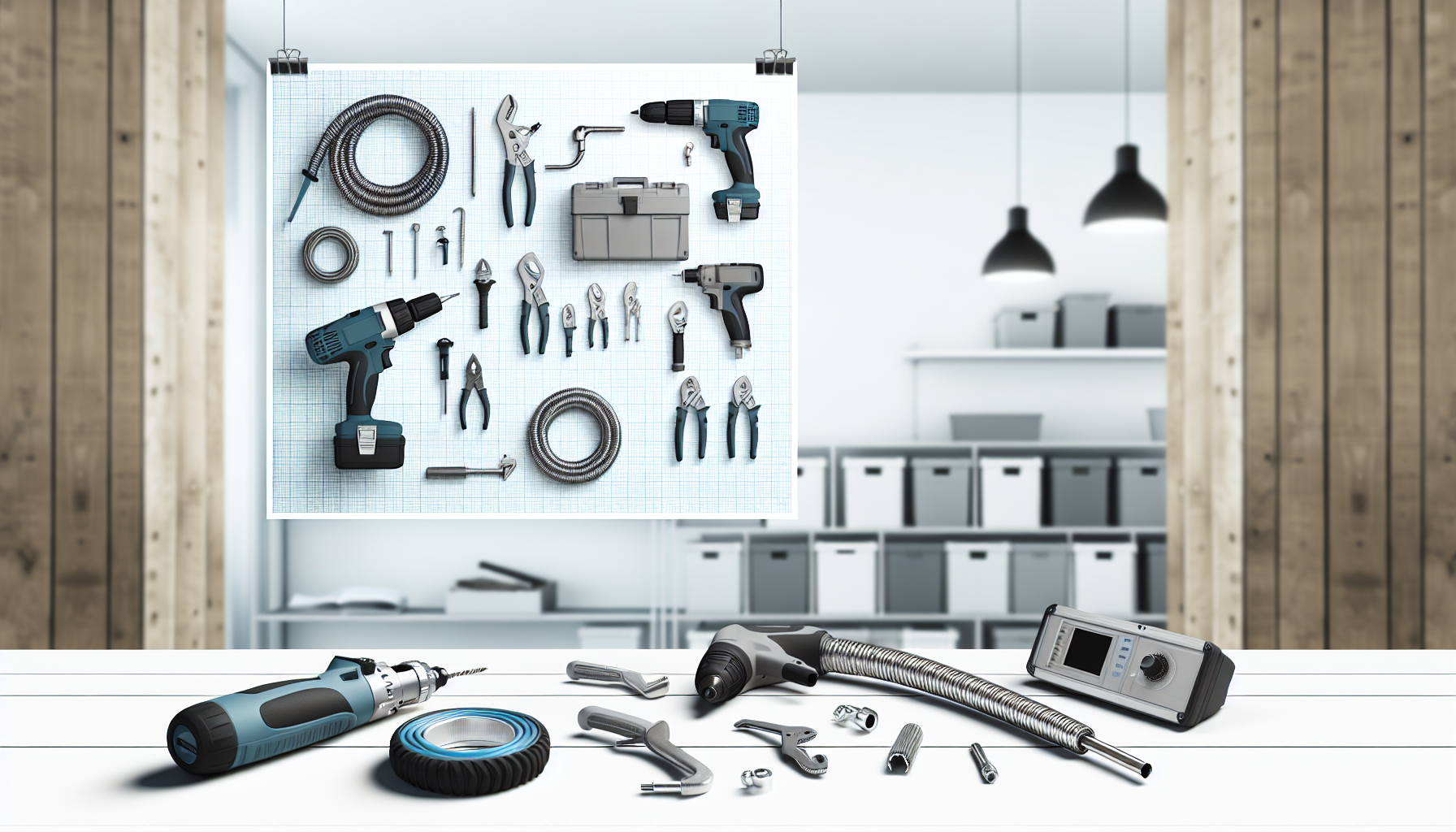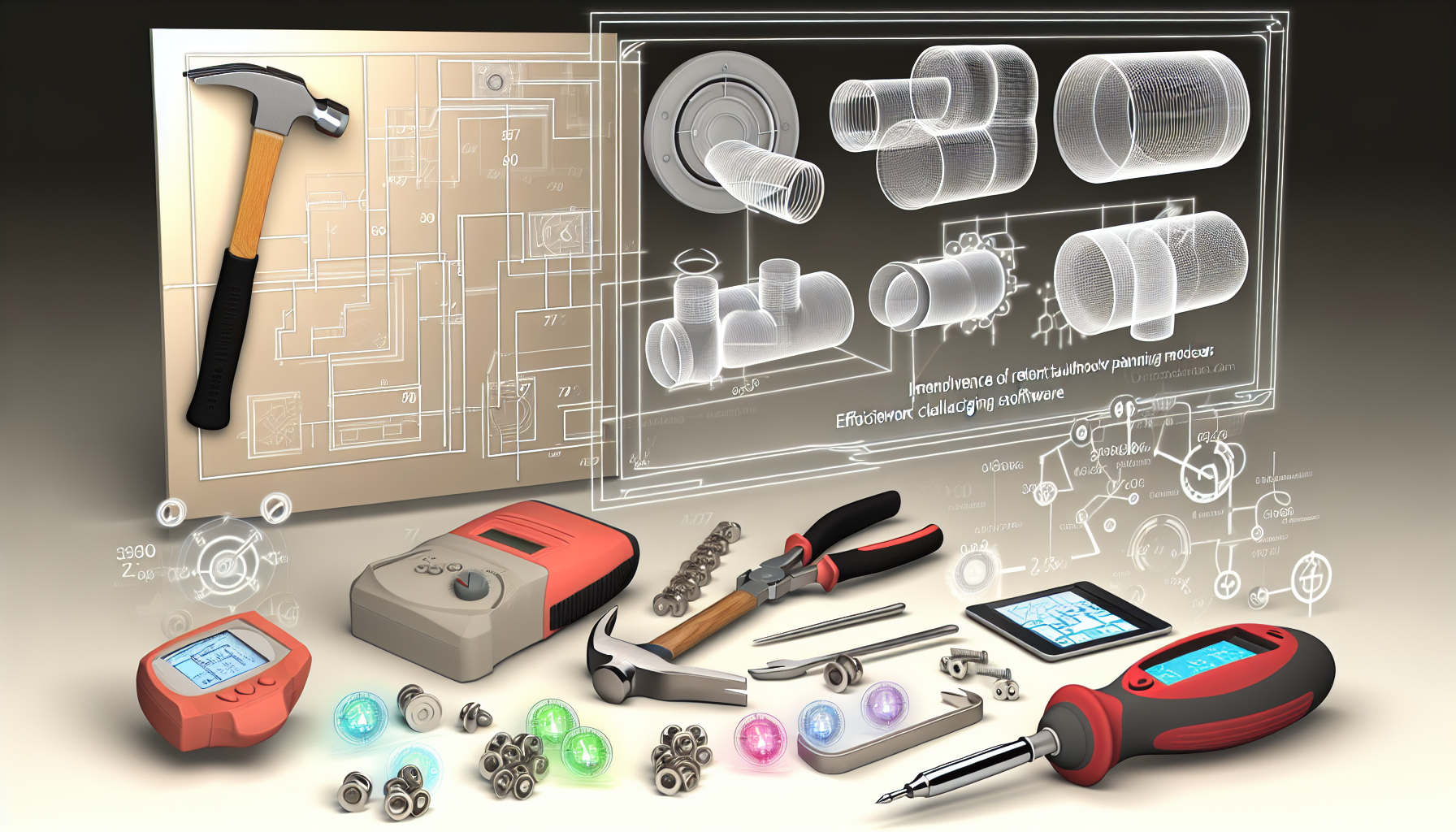Selecting the Perfect HVAC Installation Tools for Successful Assembly
When it comes to assembling and installing Heating, Ventilation, and Air Conditioning (HVAC) systems, the importance of having the right tools cannot be overstated. Proper tools not only ensure a smooth installation process but also affect the long-term reliability and efficiency of the HVAC system. This guide will help both professionals and DIY enthusiasts make informed choices when selecting HVAC installation tools.
Understanding the Basics of HVAC Installation
To begin, let’s review what HVAC installation entails. This process includes the assembly of various components such as furnaces, air conditioners, ductwork, and thermostats. Proper installation ensures maximum efficiency, reduces the likelihood of repairs, and extends the system’s lifespan. Needless to say, the quality of the tools used during the installation plays a pivotal role.
Prioritizing Quality and Compatibility
Before we dive into the specific tools, it’s crucial to stress the importance of quality and compatibility. High-quality tools are durable, reliable, and typically come with warranties or guarantees. They lead to cleaner installations and a diminished risk of malfunctions. Compatibility with your HVAC system is equally important, as using the incorrect tools can damage new components or lead to an unsafe installation.
Selecting Essential HVAC Installation Tools
- Gauges and Manifolds
- Vacuum Pump
- Leak Detector
- Screwdrivers and Wrenches
- Hammers and Mallets
- Tubing Cutter
- Refrigerant Scale
- Cordless Drill
- Swaging and Flaring Tools
- Fin Comb
Gauges and manifolds are vital for measuring pressure within the HVAC system. Look for a set that is versatile and can measure a range of pressures accurately. They should also be compatible with the refrigerant used in your system.
A vacuum pump removes moisture and air from the refrigerant lines. For efficiency and reliability, select a pump with a high CFM (cubic feet per minute) rating which indicates the speed at which the pump can evacuate the system.
To ensure the system is free of leaks, a quality leak detector is indispensable. There are various types, including electronic, ultrasonic, and infrared. Each has its benefits, so choose one that best suits the environments you work in.
High-grade screwdrivers and wrenches are a must. They’ll be used extensively, so opting for sets that are comfortable to hold, able to withstand high torque, and resist wear is wise.
Hammers and soft mallets can be necessary, depending on the materials you’ll work with. Ensure they’re made with non-marring materials to prevent damage to delicate components.
A sharp, reliable tubing cutter is critical for working with copper lines. It must provide a clean, even cut to avoid leaks. Invest in cutters that have reamer attachments to smooth out any burrs after cutting.
A refrigerant scale helps you measure the exact amount of refrigerant needed, which is crucial for both system efficiency and compliance with environmental regulations. Scales should be accurate and easy to read.
A robust cordless drill makes fastening components much easier. Choose one with variable speed control and a good battery life to ensure you can work uninterrupted.
These tools are used to modify copper tubing to connect sections without fittings. Quality swaging and flaring tools can create tight seals without causing damage to the tubing.
For repairing and maintaining the delicate fins on evaporator and condenser coils, a fin comb is essential. You’ll want one that’s adjustable or comes in multiple sizes to match different coil designs.
Additional Considerations
- Usability: Tools should be user-friendly. Good ergonomic design minimizes the risk of repetitive strain injuries.
- Training: Even with the best tools, proper training is necessary to perform accurate and safe installations.
- Service and Support: Choose brands that offer strong customer service, as this can be invaluable if you encounter issues with your tools.
- Safety: Always prioritize safety gear along with your tools. This includes gloves, goggles, and electrical safety equipment.
Budgeting for Long-Term Success
While cost is always a consideration, cheap tools can be more expensive in the long run due to replacements and repairs. Calculate the long-term value, not just the upfront cost, when selecting your HVAC installation kit.
Maintaining Your HVAC Tools
Maintaining your tools is as important as the selection process. Keeping them clean, dry, and stored properly will extend their lifespans and ensure they remain accurate and reliable. Moreover, regular calibration of measurement tools is necessary to maintain precision.
Smart Selection for a Successful Assembly
Through smart selection of HVAC installation tools, you can ensure a smooth assembly process and a successful installation. Investing in the right set of tools not only makes the job easier but also contributes to the overall efficiency and reliability of the HVAC system.
FAQ Section
- What is the most important tool for HVAC installation?
It can vary depending on the specific task, but gauges, manifolds, and leak detectors are often among the most critical tools for HVAC installations.
- How often should I replace my HVAC installation tools?
Quality tools can last for many years if they’re well-maintained. Replace them when they show signs of wear or stop functioning correctly.
- Should I buy branded HVAC tools?
Branded tools often come with extensive customer support and quality guarantees. Consider them an investment in your work’s efficiency and quality.
- Can smart technology be integrated with HVAC tools?
Yes, there are smart tools available that connect to mobile apps and provide diagnostics, tracking, and management features.



